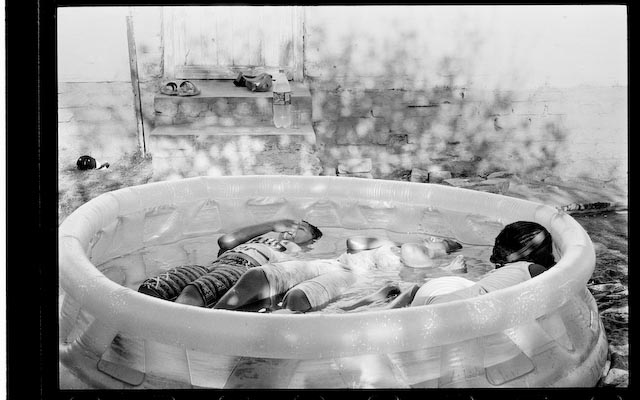
From when the Dutch set up a supply post and garrison in the Cape of Good Hope in 1652, until the British annexed the Cape in 1803, Khoi and San/Bushman were subjected to what amounted to genocide, progressively losing access to land which had traditionally been theirs, and steadily becoming the subjects of the various forces arrayed against them, especially the ‘Free-Burghers’ who progressively encroached on their historic territory, killing resistors and enslaving their children as they settled the land in a constant need for more space to satisfy their growth into the interior.
The period beginning with the British annexation in 1803 through to the rise of Afrikaner nationalism saw the continuation of Khoi, Griqua andSan/Bushman dispossession and degradation under the British as they used the now largely subdued Khoi, Griqua and San in their expeditions against the Xhosa and other Nguni tribes and Kingdoms.
The alternation between annihilation, divisory tactics and marginalisation continued into the formation of the Afrikaner Nationalist State of the Republic of South Africa in 1952 when the Khoi and San/Bushman were bureaucratically disappeared, really only beginning to appear after 1994, and even then being exempted from the land restitution process.
This project aims to continue the process of ‘bringing the first inhabitants’ back into the picture by giving a select number of self describing Khoi, Griqua and San/Bushman a contemporary face and presence.
Literally, through a series of portraits, as well as the depiction of significant sites, the project images a diverse range of people throughout the South African landscape, but more-so in Provinces such as Northern, Eastern and the Western Cape, making evident that the the survivors of this act of dispossession are with us today, if in ways that don’t fit the trope that we have come to associate with these people of ancient pedigree.